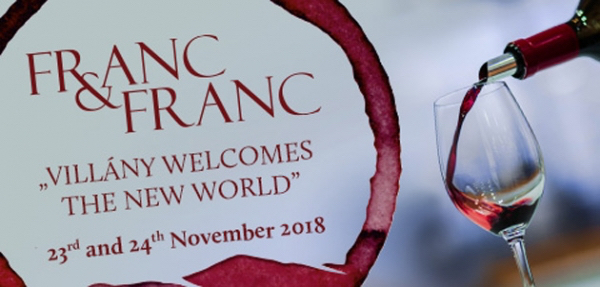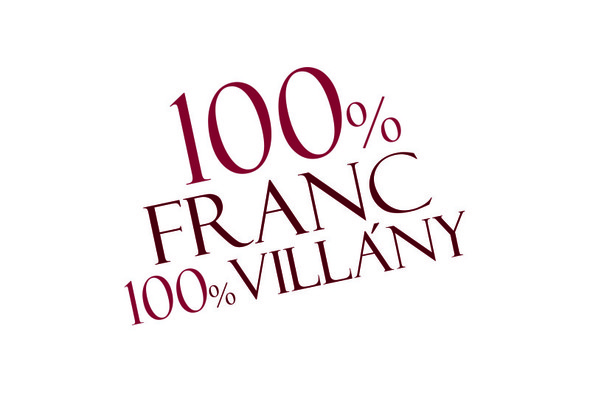The Villány Cabernet Franc, already becoming a tradition, was held again last year. Following in the footsteps of the previous years’ themes of Loire Valley, Central Europe and Hungary, the organisers focussed on wines from the New World this year.
The two-day programme open to the general public was also complemented by a one-day pre-event for invited foreign visitors. Thus, winemakers and wine journalists from the United States, Chile, United Kingdom, Slovakia, Serbia, Poland and Bosnia-Herzegovina spent the Thursday touring Siklós and Villány. The organisers started by showing Villány’s lighter side to visitors at a tasting in the Siklós castle. Here the focus was not only on white wines but also on youthful reds. After a tour of the castle, the group headed to the Tamás and Zsolt Gere Winery.
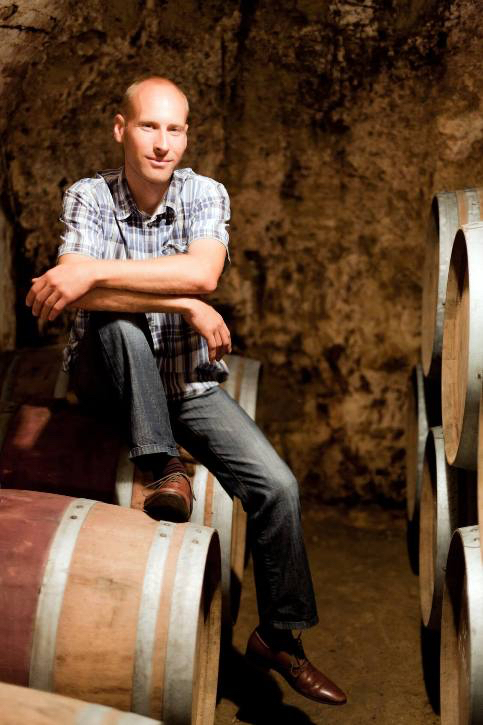
Zsolt Gere (photo: from the winery's website)
The second tasting shone the spotlight on Portugieser and RedY, so everyone had a good idea of trends in Villány by the end of the day, at least those not connected to Cabernet Franc. The guests’ evening was rounded off at Attila Gere’s winery, where we tasted another 12 wines alongside the wonderful dinner. These included iconic wines such as their latest Solus Merlot from 2015 or the 2007 Bock Capella, demonstrating once again that it had been deservedly rated with 95 points in a Pécsi Borozó wine magazine’s blind test. It was interesting to note the opinions of the Central European writers about the wines we tasted, given that Slovakian or Polish journalists with northern tastes rated the Villány red wines quite differently to their more southerly colleagues.
Let’s talk about Franc? Let Franc do the talking!
The first flight of wines tasted after the welcome speech was the Hungarian “dirty dozen”, which silenced the unsurprisingly completely packed room. The 2017 tasting had held plenty of surprises, whereas last year produced a remarkably high average quality level. What could have played a role in this is that while several 2012 wines – which is seen by Villány producers as an atypical Villány vintage - were also shown in 2017, there were only two of those presented last year. 2018 was not without its premieres, as last year was the first time those curious about big wines made from the variety could also taste Villány Francs from the Super Premium category. One outstanding presentation connected with the tastings was that of Peter McCombie MW who talked about the various styles of Cabernet Franc, including ice wine made from the variety, as well as the fact that Villány Franc is the only pure Cabernet Franc in the world which displays both ripeness and freshness at the same time. One of the winning writers from Millesima BA 2018, Californian Lori Bud, outlined some facts about the International Cabernet Franc Day (4 December) along with wine sales trends in the United States. Unsurprisingly, the latter was about the rise of social media.
“Social media is key. In America, you sell your wines because every young consumer wants to drink what other people are drinking!”
Lori’s husband, Michael Budd, winemaker and owner of Dracaena, dissected the variety’s spiciness, discussing when, i.e. in what exposition and conditions, the green pepper note appeared in the wine, while Chilean Ximena Pacheco showed an entirely new face to the country’s winemaking, that of a tiny winery with low production volumes. The marvellous conclusion about the day was, although we had been able to taste lovely wines from South Africa, California and Chile, Villány had not only held its own, but had even been able to rise above the New World with the most attractive, consistent flight of wines yet. We concluded the evening in the Sauska 48 restaurant, where Attila Bicsár’s amazing food eclipsed even the wines, while the winemakers and our host Sauska Pincészet also did themselves proud. I will remember the quail stuffed with black pudding for a long time, well matched with the pumpkin and lentils as well as the 2013 Sauska Cabernet Franc from the Makár vineyard.
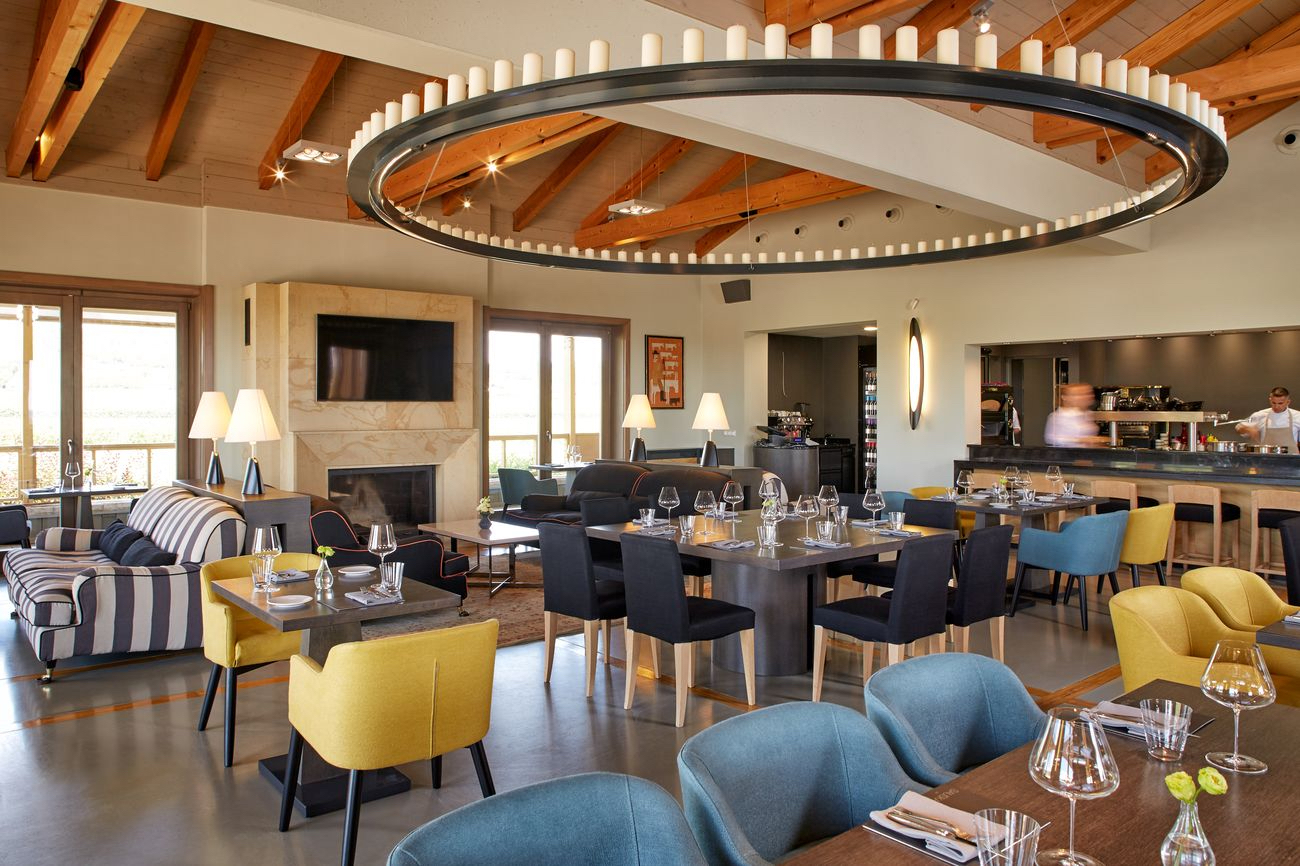
The Sauska48 Restaurant (photo: from the winery's website)
When should you open a bottle of great Villány red wine?
We’ve heard and asked ourselves this question numerous times, but we could never have imagined on the morning of the last day that we would have some totally new answers to it by the end of the day. Following the Franc&Franc Tasting Day, the organisers once again put together a special programme for the international group. We tasted really wonderful full-bodied, high-alcohol wines with Tamás Günzer in his barrel room. Then, Vylyan’s Mónika Debreczeni and István Ipacs Szabó awaited the group with the winery’s new beer and a delicious lunch as well as a flight of their usual precise and incredibly high-quality wines. After which the Slovakian colleague beside me was murmuring contentedly, saying that he hadn’t realised that Villány’s wines had already reached such heights...
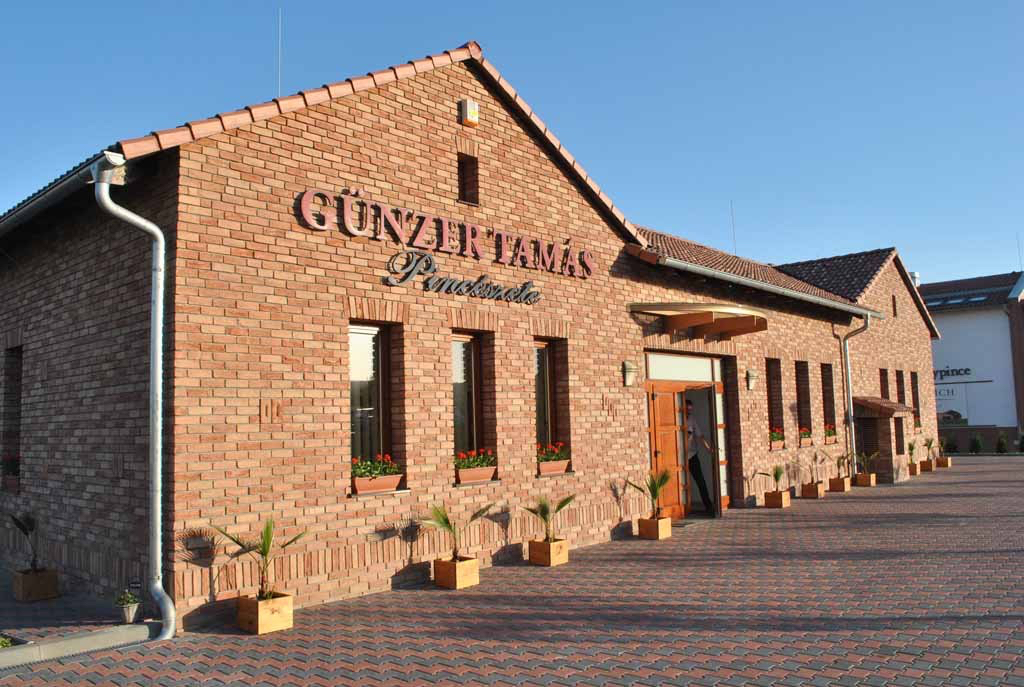
Tamás Günzer's winery (photo: from the Villány wine region website)
And there are no words to describe what came next. Inspired by words of praise about his 1998 Cabernet Franc from a member of the tasting team, the perhaps best-known Polish wine writer Tomasz Prange-Barczynski, Ede Tiffán opened a 2000 Pinot Noir and finally a 1967 Cabernet Franc too! The former was just at its peak, which is quite astonishing, as Villány is not exactly the variety’s home, while the latter, it’s really incredible to say this too, had still retained lively acidity and its fruitiness! Not only the wine but also the experience was worth 100 points! This was followed by a visit to the Csányi Winery, where László Romsics showed us fresh tank and barrel samples.
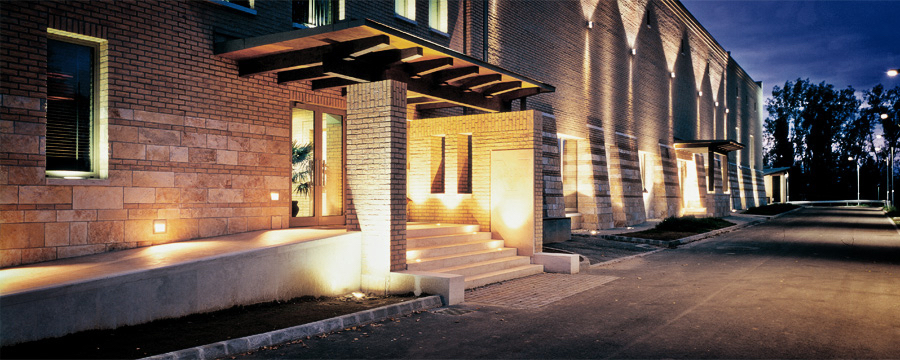
The Csányi Winery (photo: from the winery's website)
The latter were already really excellent now, so we can hardly wait for them to be bottled. We also tasted the winery’s new traditional method sparkling wine and took part in a little game, comparing the winery’s range of three different Cabernet Francs from 2015. The we closed the tasting with a 2002 Cabernet Franc. During our last dinner in Villány, József Bock regaled us with tales of the resettlement of the Swabians, the at times surrealistic communist planned economy and the old days, while great wine after great wine was opened from the amassed flight of wines. So, we also got to taste a 2009 Jackfall Grand and a 2003 Bock Magnifico. These 10, 16, 18 and 20-year-old wines demonstrated that you simply shouldn’t open weighty Villány red wines much earlier. You can, of course, as drinking them will still be an experience, but they show their best side later. As for the 1967 Cabernet Franc, if this is the face of aged Villány wine, then it’s time to look at the wine region a little differently. Just as you would with the great wines of the world...
